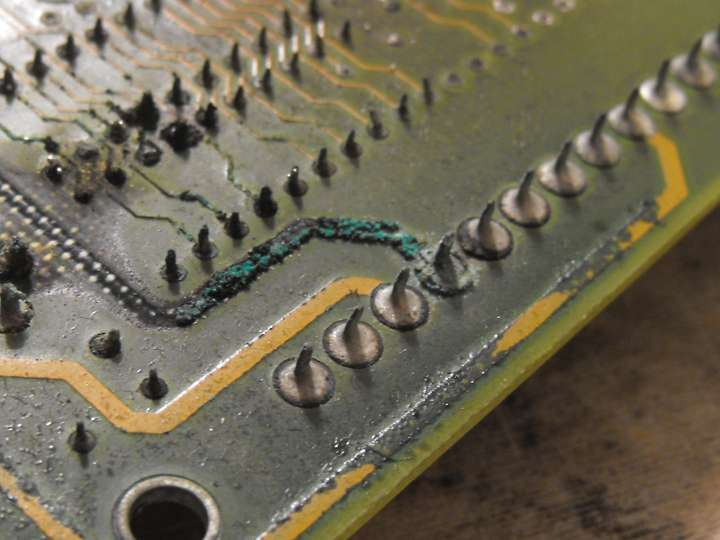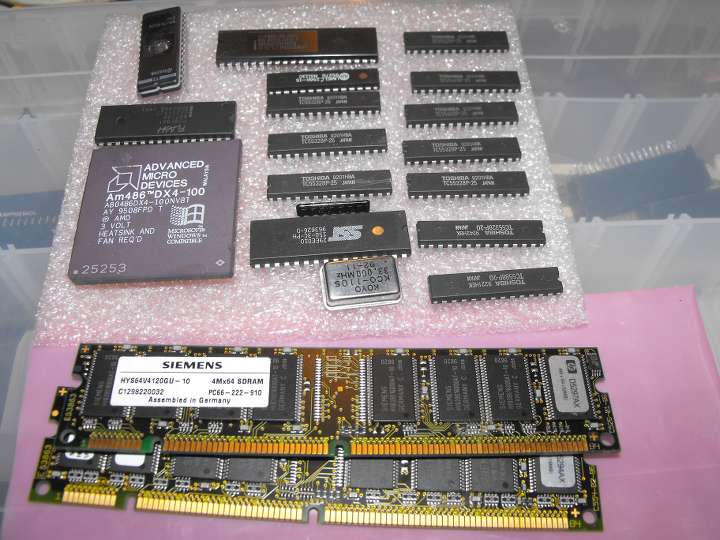Some time back, Lenovo made the news with the Superfish fiasco. Superfish was a piece of software that intercepted HTTPS connections by way of a trusted root certificate installed on the machine. When the software detected a browser attempting to make a HTTPS connection, it would intercept it and connect on that software’s behalf.
When Superfish negotiated the connection, it would then generate on-the-fly a certificate for that website which it would then present to the browser. This allowed it to spy on the web page content for the purpose of advertising.
Now Dell have been caught shipping an eDellRoot certificate on some of its systems. Both laptops and desktops are affected. This morning I checked the two newest computers in our office, both Dell XPS 8700 desktops running Windows 7. Both had been built on the 13th of October, and shipped to us. They both arrived on the 23rd of October, and they were both taken out of their boxes, plugged in, and duly configured.
I pretty much had two monitors and two keyboards in front of me, performing the same actions on both simultaneously.
Following configuration, one was deployed to a user, the other was put back in its box as a spare. This morning I checked both for this certificate. The one in the box was clean, the deployed machine had the certificate present.
How do you check on a Dell machine?
A quick way, is to hit Logo+R (Logo = “Windows Key”, “Command Key” on Mac, or whatever it is on your keyboard, some have a penguin) then type certmgr.msc and press ENTER. Under “Trusted Root Certificate Store”, look for “eDellRoot”.
Another way is, using IE or Chrome, try one of the following websites:
(Don’t use Firefox: it has its own certificate store, thus isn’t affected.)
Removal
Apparently just deleting the certificate causes it to be re-installed after reboot. qasimchadhar posted some instructions for removal, I’ll be trying these shortly:
You get rid of the certificate by performing following actions:
- Stop and Disable Dell Foundations Service
- Delete eDellRoot CA registry key here
HKEY_LOCAL_MACHINE\SOFTWARE\Microsoft\SystemCertificates\ROOT\Certificates\98A04E4163357790C4A79E6D713FF0AF51FE6927- Then reboot and test.
Future recommendations
It is clear that the manufacturers do not have their user’s interests at heart when they ship Windows with new computers. Microsoft has recognised this and now promote signature edition computers, which is a move I happen to support. HOWEVER this should be standard not an option.
There are two reasons why third-party software should not be bundled with computers:
- The user may not have a need or use for, the said software, either not requiring its functionality or preferring an alternative.
- All non-trivial software is a potential security attack vector and must be kept up to date. The version released on the OEM image is guaranteed to be at least months old by the time your machine arrives at your door, and will almost certainly be out-of-date when you come to re-install.
So we wind up either spending hours uninstalling unwanted or out-of-date crap, or we spend hours obtaining a fresh clean non-OEM installation disc, installing the bare OS, then chasing up drivers, etc.
This assumes the OEM image is otherwise clean. It is apparent though that more than just demo software is being loaded on these machines, malware is being shipped.
With Dell and Lenovo now both in on this act, it’s now a question of if we can trust OEM installs. Evidence seems to suggest that no, we can no longer trust such images, and have to consider all OS installations not done by the end user as suspect.
The manufacturers have abused our trust. As far as convenience goes, we have been had. It is clear that an OEM-supplied operating system does not offer any greater convenience to the end user, and instead, puts them at greater risk of malware attack. I think it is time for this practice to end.
If manufacturers are unwilling to provide machines with images that would comply with Microsoft’s signature edition requirements, then they should ship the computer with a completely blank hard drive (or SSD) and unmodified installation media for a technically competent person (of the user’s choosing) to install.








Recent Comments